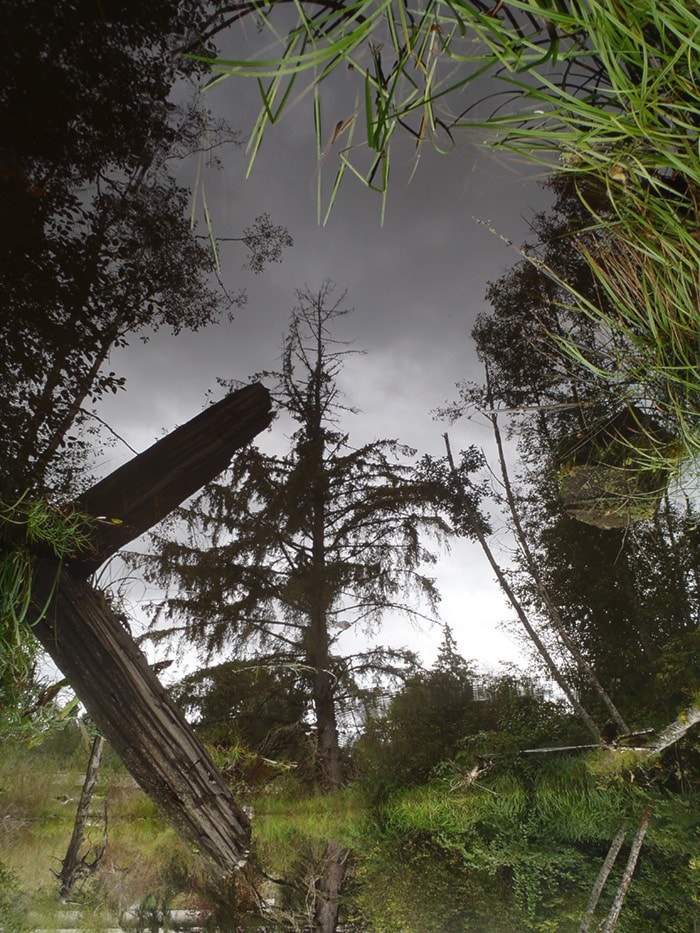Living on Vancouver Island is special for people who enjoy the outdoor sports and recreational challenges of unlimited fishing and very generous hunting opportunities. For the first 10 months of 2013 my outdoor adventures have largely centred on various fishing activities. Time has come to change priorities and start some serious hunting to balance things a little.
During the 2012 season Smitty and I had a very successful season when we took three small black-tailed bucks in dedicated still hunting. For people unfamiliar with the jargon of hunting, still hunting is practised by hunters who walk quietly though a forest and in the process try to see animals before they run away.
The choice of weapon, as in archery or firearms, has some bearing on your still hunting techniques. What is of primary importance is to wear warm, waterproof clothing that blends with the forest surroundings and is of a soft material that makes virtually no noise when you brush past a tree or branch along your path.
Some aspects of this type of hunting are that you learn to stand still or sit in appropriate places for considerable periods of time waiting for deer to move around you. The extreme form of this hunting is from camouflaged blinds or tree stands – where you will spend most of your time quietly sitting and watching.
Still hunting brings out the best of your observation skills. You must learn to recognize fresh tracks, browse marks, and recent examples of bucks breaking branches on small trees and scraping the bark off as they mark their territory.
Weather, as always, is an important aspect of this type of hunting. Ideal conditions will cover a wide variety of situations. This past weekend on Saturday and Sunday afternoons I spent hunting under what could be described as ideal conditions for our forests. The wind was blowing along with rain and there was considerable natural noise to deaden the sounds you make as you slowly walk through the forest.
During the two afternoons I saw one small button buck that watched from the security of a perfect background that his colour blended with and made him almost invisible. (Note: a button buck is a fawn of this year and at this time of the year the does leave them on their own as they seek a new mate.) It was the only deer I saw in the two outings.
You may consider the fact I saw no deer as a failed hunting trip; but you would be wrong. I came off both days on a high, having been in the woods seeing a great many other things that make up the ever changing world of nature.
Still hunting as a technique can be adapted to all types of weather conditions, and while some conditions are more productive than others it is always a thrilling adventure if you are attuned to the rhythms of nature.
The picture with this column is of a tree I took during a walk on a quiet day. There was no wind. When I share the photograph with fiends I frequently hand it to them upside down – that is with the grass at the top of the picture. Hunting on such a day may be a problem if you want to quietly walk through crunching leaves. What you can do under these conditions is to recognize you will be noisy, therefore announce your presence by being quite noisy, then find a spot to sit down and be quiet and still. Frequently a curious buck will come over near you to see who made the noise. I once took a large four-point buck using this technique.
Soft, fresh snow in cold weather will create perfect conditions for this type of hunting. You can move through the forest in close to complete silence. Take notice of the wind direction and you have still hunters ideal conditions. One day under these conditions I saw several deer that were very nervous, and later in the day I discovered why. When I crossed my own tracks there were the tracks of a large cougar in mine. I never saw it; but I am certain it was never very far away.
Still hunting skills are also the skills of all who would enjoy a walk in a forest. Take a good walking staff and give it a try.
Ralph Shaw is a master fly fisherman who was awarded the Order of Canada in 1984 for his conservation efforts. In 20 years of writing a column in the Comox Valley Record it has won several awards.
